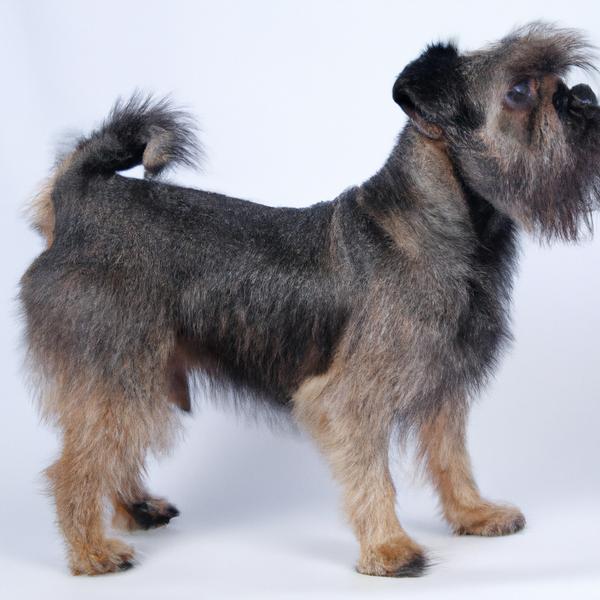Griffonshire vs. Labloodhound: Breed Differences and Similarities
Hypoallergenic
Are Griffonshires or Labloodhounds hypoallergenic, or neither?
While no dogs are truly 100% hypoallergenic, Griffonshires are about as close as it gets, making them an ideal pet if you are an allergy sufferer.
Unfortunately, the Labloodhound is not hypoallergenic, making it not a good choice for a dog lover who suffers from pet allergies.
Temperament
What are the personalities of Griffonshire and Labloodhound dogs?
Playful
Independent
Energetic
Alert
Sensitive
Courageous
Intelligent
Loyal
Inquisitive
Selfish
Watchful
Companionable
Playful
Loving
Stubborn
Independent
Energetic
Alert
Intelligent
Friendly
Responsive
Affectionate
Loyal
Gentle
Going
Social
Outright
Tempered
Cheerful
Shedding Level
Do Griffonshires shed more than Labloodhounds, or which breed sheds more, Griffonshires or Labloodhounds?
Griffonshires shed very little hair, making them a great choice for those who dislike excess hair in the house.
Labloodhounds are moderate shedders, but regular brushing can reduce shedding and maintain coat health.
Watchdog Ability
Which dog breed makes a better watchdog, the Griffonshire or Labloodhound?
Avoid Griffonshires as watchdogs - they're not effective.
Labloodhounds make excellent watchdogs - they're vocal and protective of their territory.
Origin
What is the origin of Griffonshire and Labloodhound dog breeds?
United States
United States
Ancestry
What are the origins of Griffonshire and Labloodhound breeds?
Brussels Griffon, Yorkshire Terrier
Bloodhound and Labrador Retriever
Breed recognition
Which kennel clubs recognize/register Griffonshire and Labloodhound?
ACHC = American Canine Hybrid Club
DBR = Designer Breed Registry
DDKC = Designer Dogs Kennel Club
DRA = Dog Registry of America, Inc.
IDCR = International Designer Canine Registry®
ACHC = American Canine Hybrid Club
DDKC = Designer Dogs Kennel Club
DRA = Dog Registry of America, Inc.
IDCR = International Designer Canine Registry®
Date of Birth
When were Griffonshire and Labloodhound breeds first developed?
1980s
Unknown
Eye Color Possibilites
What are the eye colors of Griffonshire and Labloodhound dogs?
Brown
Hazel
Brown
Nose Color Possibilites
What are the natural nose colors of Griffonshire and Labloodhound?
Black
Black
Coat Color Possibilites
What are the natural colors of the coat for Griffonshire and Labloodhound breeds?
Blue
Cream
Brown
Black
Black
Brown
White
Coat Length
What is the typical coat length for Griffonshire and Labloodhound breeds?
Griffonshires have longer coats compared to most dogs.
Labloodhounds have short coats.
Coat Density
What is the density of the coat of Griffonshire and Labloodhound?
Coat Texture
What is the hair texture of Griffonshire and Labloodhound?
Straight
Litter Size
What is the usual litter size for Griffonshire and Labloodhound?
A Griffonshire can have a litter of 4-6 puppies on average. However, it's worth noting that the size of the litters can vary greatly. Factors that can influence litter size include the health of the mother, breeding history, and genetics.
A Labloodhound can have a litter of 5-10 puppies on average. However, it's worth noting that the size of the litters can vary greatly. Factors that can influence litter size include the health of the mother, breeding history, and genetics.
Adaptability
Griffonshires are highly adaptable and versatile, making them excellent companions for families and individuals of all lifestyles.
Labloodhounds are known for their adaptability and can adjust well to different environments and lifestyle changes.
Health Issues
Between Griffonshire and Labloodhound, which breed is more prone to health problems?
The Griffonshire and Labloodhound breeds are commonly healthy with low vet costs, regular check-ups may not be as necessary but it's important to keep an eye on their health and have them checked by a veterinarian when needed.
Major Concerns
What are the major health concerns for Griffonshire and Labloodhound breeds?
Retinal Dysplasia
Tracheal Collapse
Portosystemic Shunt
Gastric Torsion
Progressive Retinal Atrophy (PRA)
Minor Concerns
What minor health issues should be kept in mind when owning Griffonshire and Labloodhound?
Patellar Luxation
Entropion
Cataracts
Entropion
Ectropion
Elbow Dysplasia
Hip Dysplasia
Epilepsy
Occasional Tests
What occasional tests are recommended for Griffonshire and Labloodhound breeds?
X-Rays
MRI
CT Scan
Eye Examination
Skin Evaluation
Blood Tests
X-Rays
CT or MRI scan
Urinalysis
Complete Blood Count
Chemical Analysis
Ophthalmic Examination
Physical and Neurologic Examination
Energy
How do the energy levels of Griffonshires and Labloodhounds compare?
Griffonshires are a good choice for a low-key lifestyle due to their low energy levels.
Labloodhounds are suitable for those with a balanced lifestyle as they have an average energy level.
Social Needs
Griffonshire vs Labloodhound social needs comparison
Griffonshire and Labloodhound have very high social needs. These needs include regular mental and physical stimulation, a job or purpose, and companionship. They thrive in environments where they have a lot of interaction with humans and other dogs.
Exercise Needed
Griffonshire vs Labloodhound exercise need comparison.
Griffonshires need only a small amount of physical activity, ideal for busy or elderly people or those with limited space.
Labloodhounds need high physical activity and are ideal for active individuals, but not suitable for sedentary lifestyles or small apartments.
Sleeping Need
Which of the two sleeps the most/least: Griffonshire or Labloodhound?
Griffonshires have moderate energy levels and typical sleep patterns of 12-14 hours per day.
Labloodhounds are active and require sufficient sleep to stay healthy.
Tendency to Bark
Do Griffonshires or Labloodhounds bark more/less frequently?
Griffonshires bark moderately when necessary and may also bark due to certain triggers like fear, alarm, boredom, greeting, separation anxiety and compulsive barking.
The Labloodhound is a vocal breed that frequently barks and howls, and may not be suitable for those seeking a quiet companion.
Mouthiness
Mouthiness Comparison: Griffonshire vs Labloodhound?
Roaming urge
Griffonshire vs Labrador: Running away tendency?
Prey Drive
Griffonshire or Labloodhound - which breed has a higher level of prey drive?
Past times
What are some enjoyable activities and ways to keep Griffonshire and Labloodhound entertained?
Cuddling, Playing Ball, Training, Fetch, Snuggling, Running, Exploring, Cuddles
Walk, Run, Play, Swim, Tug-of-war, Fetch, Frisbee
Activity Level
Which breed has higher energy, Griffonshires or Labloodhounds?
Griffonshires are medium-energy dogs and typically enjoy socializing and playing casual or even sustained games of chase with other dogs. They may also have occasional periods of barking or racing around the house.
Labloodhounds are high-energy dogs. They need mental as well as physical exercise. These dogs require a lot of your involvement and without it they can, and will, become problematic dogs.
Tolerance of being left alone
Walks per Week
How many miles should Griffonshire or Labloodhound walk each week?
There's really no limit to how far you walk your dog as long as they're comfortable. For Griffonshire, it's at least 6 miles / week. Just remember to build distance and stamina gradually over time.
There's really no limit to how far you walk your dog as long as they're comfortable. For Labloodhound, it's at least 20 miles / week. Just remember to build distance and stamina gradually over time.
Activity per Day
Do Griffonshires or Labloodhounds require more exercise?
Both Griffonshire and Labloodhound typically require a minimum of 60 minutes of exercise each day. The exercise can be spread throughout the day and may involve high-energy activities like walking, running, and playing.
Grooming
Which breed is easier to maintain in terms of grooming, Griffonshires or Labloodhounds?
Griffonshires have high grooming needs, requiring regular trims and professional grooming assistance to keep their coat healthy.
The Labloodhound has low grooming needs and is easy to maintain.
Brushing Frequency
What is the recommended brushing frequency for Griffonshire and Labloodhound dogs?
Griffonshire and Labloodhound should be brushed at least once a week. Of course, you can give them more frequent brushes if you find that they are still shedding a lot.
Brushing Tools
What brushing tools are used for Griffonshires and Labloodhounds?
Pin Brush
Slicker Brush
Dematter
Nail Clipper
Pin Brush
Comb
Nail Clipper
Cups
How much food should be given to Griffonshire or Labloodhound in cups?
For an average 8-10 pound (4 - 5 kg) Griffonshire feed 1 cups daily. But, keep in mind, the amount you feed is going to be dependent on the quality of the food you are feeding.
For an average 75-105 pound (34 - 48 kg) Labloodhound feed 3 cups daily. But, keep in mind, the amount you feed is going to be dependent on the quality of the food you are feeding.
Daily Cost
Which breed has a higher daily cost, Griffonshire or Labloodhound?
The average cost of a Griffonshire is somewhere $0.70 - $1.40 per day.
The average cost of a Labloodhound is somewhere $2.10 - $2.70 per day.
Monthly Cost
Which breed has a higher monthly cost, Griffonshire or Labloodhound?
The average per month expenses of a Griffonshire is between $21 - $42. This makes an average of $252 - $504 per year. It will be on the higher side when the dog is still small because it will need more frequent visits to the vet, shots.
The average per month expenses of a Labloodhound is between $55 - $73. This makes an average of $660 - $876 per year. It will be on the higher side when the dog is still small because it will need more frequent visits to the vet, shots.
Intelligence
Comparing Intelligence: Griffonshires vs Labloodhounds
Griffonshire and Labloodhound have average obedience intelligence, but they're also independent thinkers. This breed is known for having an exceptionally high IQ, which means they may get into trouble if left to their own devices.
Sensitivity Level
How do Griffonshire and Labloodhound compare in sensitivity?
These dog breeds are particularly attuned to its environment and the emotions of those around it. Griffonshire and Labloodhound can be easily overwhelmed by loud noises, new environments, unfamiliar people, or animals. This dog breed is best suited for individuals or families who are patient, gentle, and understanding of its sensitive nature. It may also benefit from a calm and stable home environment, with a consistent routine and plenty of positive reinforcement training.
Affection Dependance
Which is the more affectionate dog breed: Griffonshire vs Labloodhound?
Apartment Friendly
Which breed is more apartment-friendly: Griffonshire or Labloodhound?
Griffonshires make excellent apartment dogs, being fairly active indoors and not requiring a yard.
Labloodhounds can do well in apartments with enough exercise and time outside, but a small yard would be ideal.
Child Friendly
Do Griffonshires or Labloodhounds have a friendlier temperament towards children?
Griffonshires are not suitable for children.
Labloodhounds make excellent family pets for kids due to their gentle, protective nature and calm temperament.
Senior-friendly
Which dog is more suitable as a pet for the elderly - Griffonshire or Labloodhound?
Cat Friendly
Do Griffonshire or Labloodhound breeds have a better compatibility with cats?
Griffonshires and Labloodhounds are very cat friendly dogs. They generally make good companions for cats.
Dog Friendly
Which breed is more sociable with other dogs: Griffonshire or Labloodhound?
Griffonshires are average in their friendliness towards other dogs, and socialization can help.
Labloodhounds are generally very friendly towards other dogs, with a happy and affectionate temperament.
Pet friendly
How do Griffonshire or Labloodhound dogs interact with other pets?
Stranger Friendly
Which breed is more friendly with strangers: Griffonshire or Labloodhound?
Griffonshires are averagely friendly around strangers but benefit from early socialisation.
Labloodhounds are highly friendly around strangers.
Playfulness
Which breed is more playful between Griffonshire and Labloodhound?
Griffonshires have an average level of playfulness, enjoying playtime like most dogs but not excessively so.
Labloodhounds are very playful, so adopting an older one might be a better option for a more relaxed experience.
Trainability
How do the trainability levels of Griffonshires and Labloodhounds compare?
Griffonshires may require more time and patience to learn commands, but with consistency, they can be trained.
The Labloodhound is highly intelligent and eager to please, making it a great choice for both novice and experienced dog owners due to its easy trainability.
Compare Griffonshire with other breeds
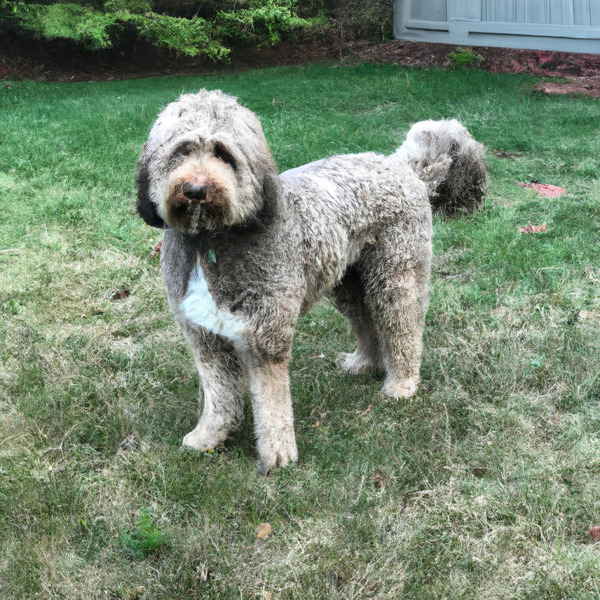
Whoodle
Griffonshire vs Whoodle

Corgi Cattle Dog
Griffonshire vs Corgi Cattle Dog
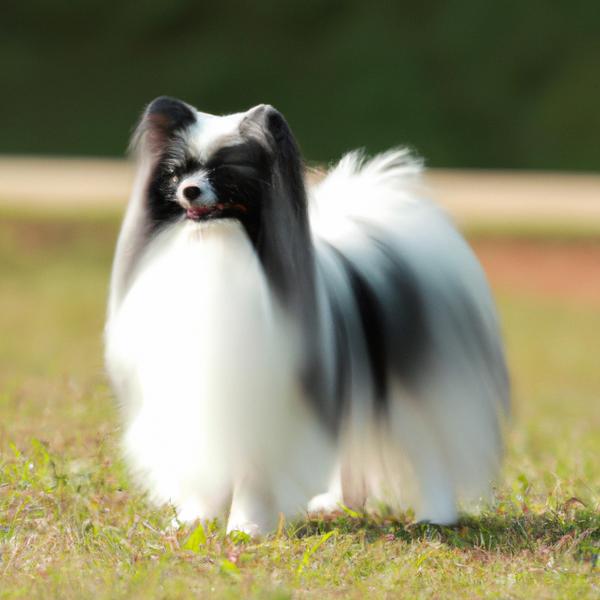
Shiffon
Griffonshire vs Shiffon
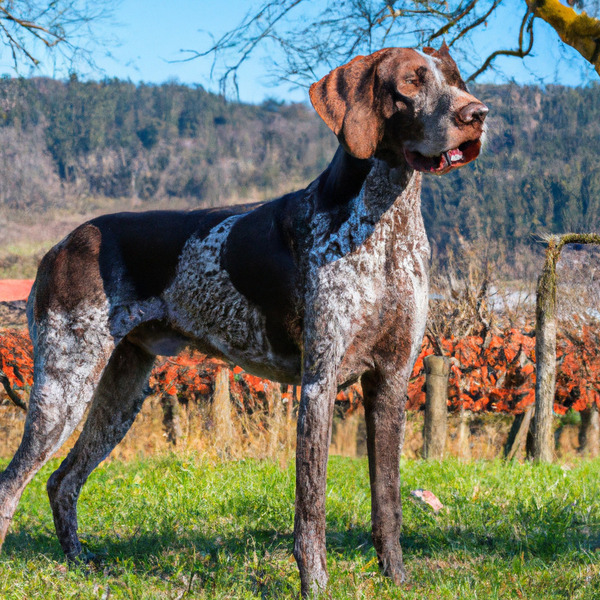
Braque d'Auvergne
Griffonshire vs Braque d'Auvergne
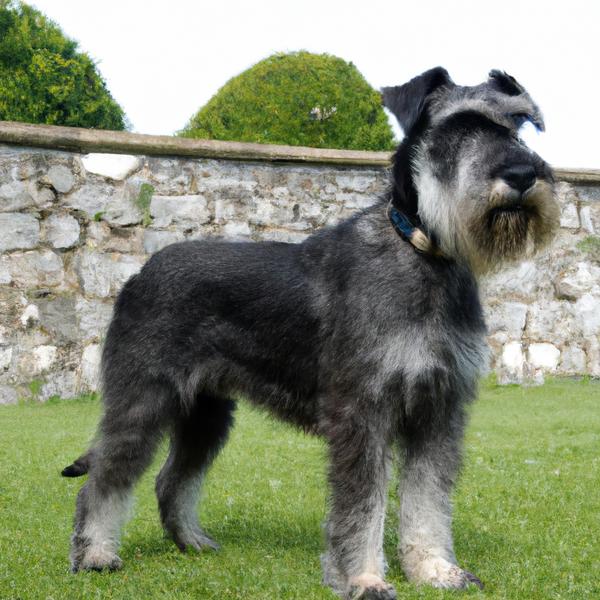
Standard Irish Wolf Schnauzer
Griffonshire vs Standard Irish Wolf Schnauzer
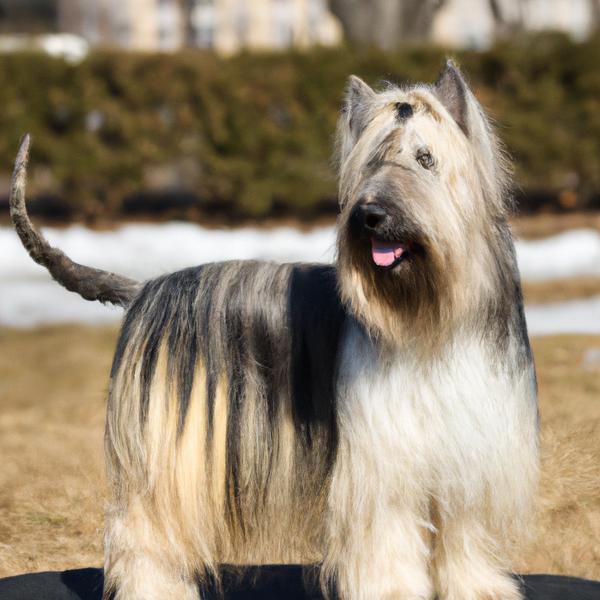
Skye Terrier
Griffonshire vs Skye Terrier
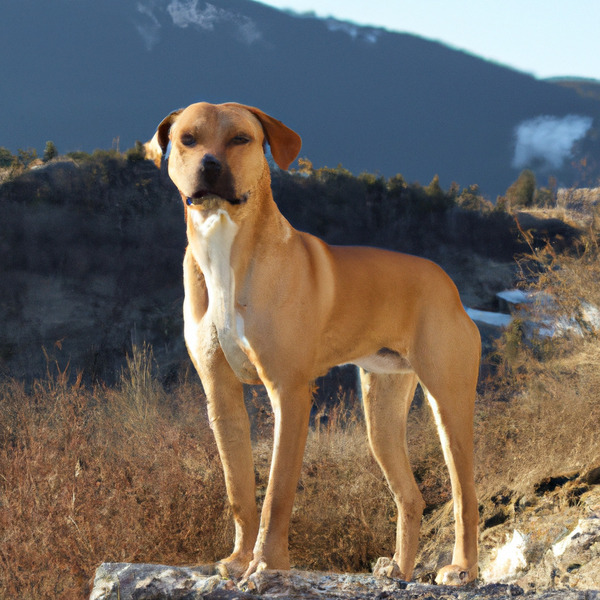
Mountain Feist
Griffonshire vs Mountain Feist
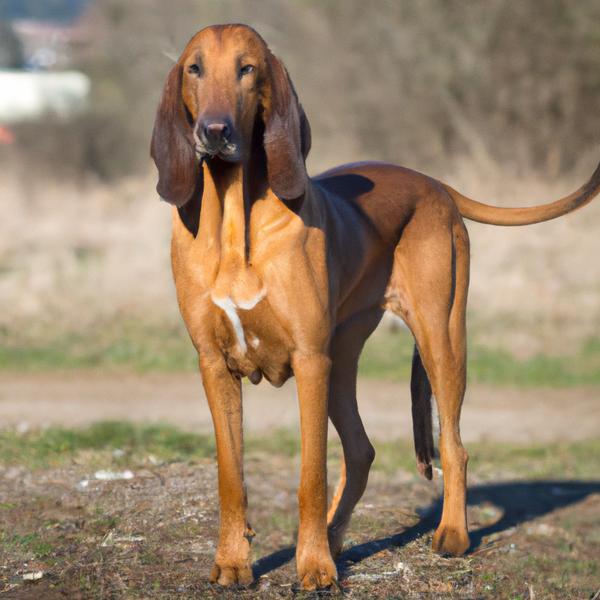
Labloodhound
Griffonshire vs Labloodhound
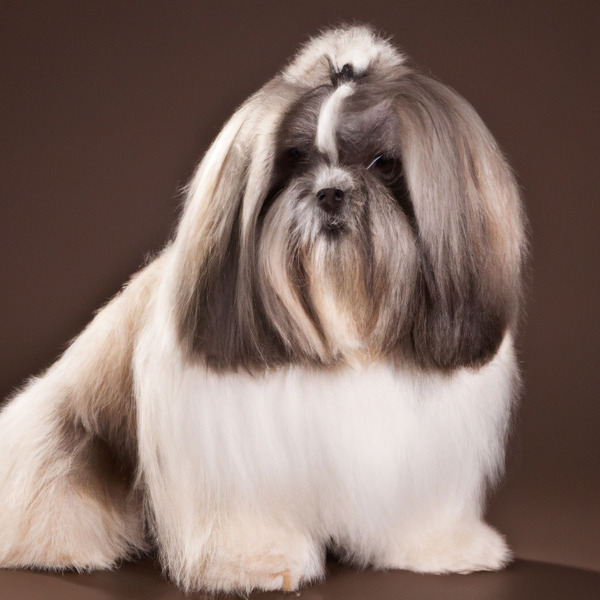
Mal-Shi
Griffonshire vs Mal-Shi
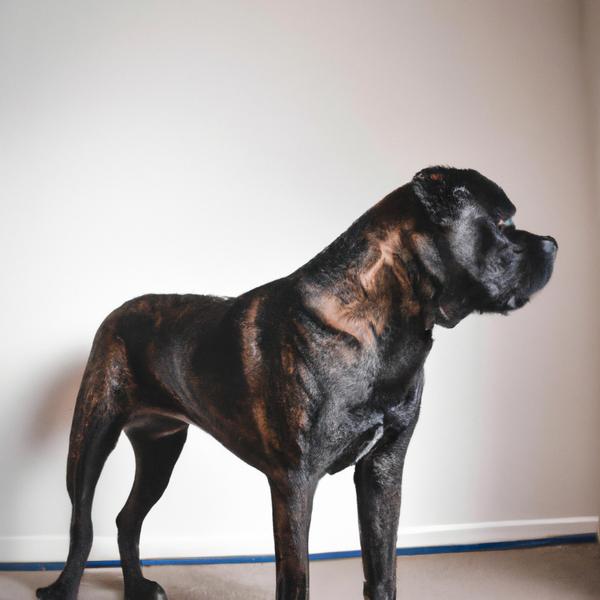
King Cavrin
Griffonshire vs King Cavrin
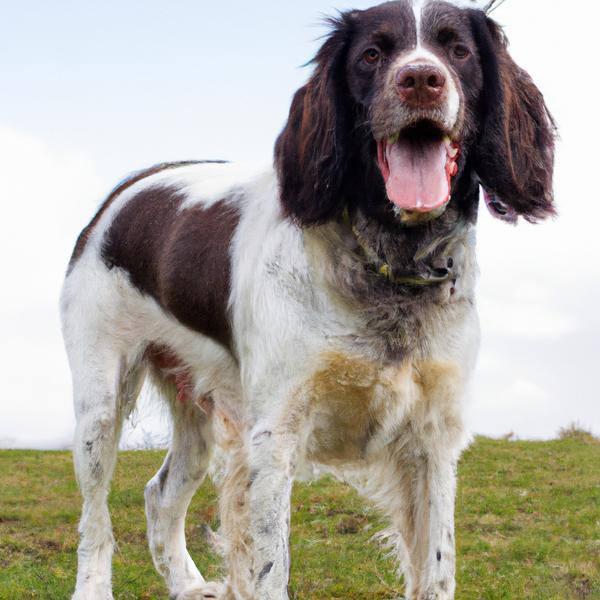
Springer Spaniel Sheepdog
Griffonshire vs Springer Spaniel Sheepdog
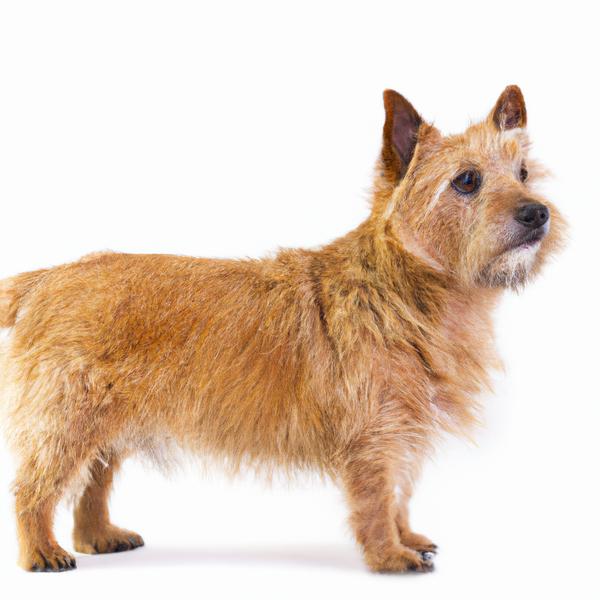
Norwich Terrier
Griffonshire vs Norwich Terrier
